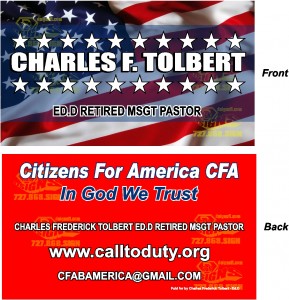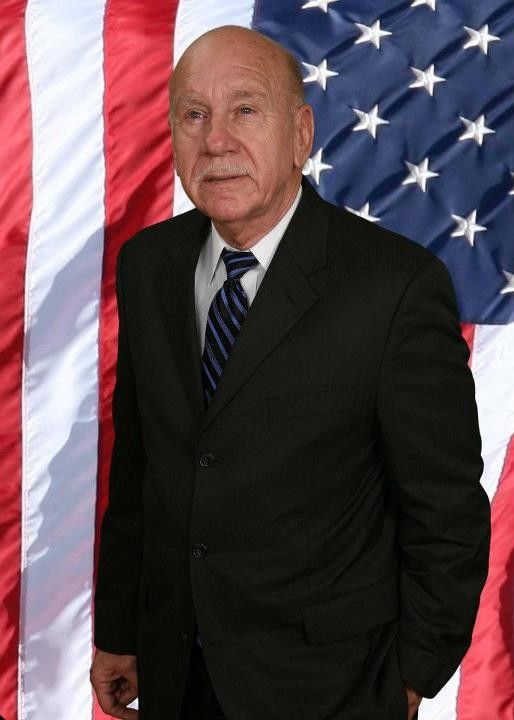Checks and balances
To prevent one branch from becoming supreme, protect the “opulent minority” from the majority, and to induce the branches to cooperate, government systems that employ a separation of powers need a way to balance each of the branches. Typically this was accomplished through a system of “checks and balances”, the origin of which, like separation of powers itself, is specifically credited to Montesquieu. Checks and balances allow for a system-based regulation that allows one branch to limit another, such as the power of the United States Congress to alter the composition and jurisdiction of the federal courts. Both bipartite and tripartite governmental systems apply the principles of the separation of powers to allow for the branches represented by the separate powers to hold each other reciprocally responsible to the assertion of powers as apportioned by law. The following example of the separation of powers and their mutual checks and balances for the experience of the United States Constitution is presented as illustrative of the general principles applied in similar forms of government as well.
Legislative (Congress) Judicial (Supreme Court)
Passes bills; has broad taxing and spending power; regulates inter-state commerce; controls the federal budget; has power to borrow money on the credit of the United States (may be vetoed by President, but vetoes may be overridden with a two-thirds vote of both houses
Executive (President)
Has sole power to declare war, as well as to raise, support, and regulate the military.
Oversees, investigates, and makes the rules for the government and its officers.
Defines by law the jurisdiction of the federal judiciary in cases not specified by the Constitution
Ratification of treaties signed by the President and gives advice and consent to presidential appointments to the federal judiciary, federal executive departments, and other posts (Senate only)
Has sole power of impeachment (House of Representatives) and trial of impeachments (Senate); can remove federal executive and judicial officers from office for high crimes and misdemeanors
The separation of powers, often imprecisely used interchangeably with the trias politica principle,[1] is a model for the governance of a state (or who controls the state). The model was first developed in ancient Greece. Under this model, the state is divided into branches, each with separate and independent powers and areas of responsibility so that the powers of one branch are not in conflict with the powers associated with the other branches. The typical division of branches is into a legislature, an executive, and a judiciary. It can be contrasted with the fusion of powers in a parliamentary system where the executive and legislature (and sometimes parts of the judiciary) are unified.
Judicial (Supreme Court)
The Supreme Court of the United States (SCOTUS[1]) is the highest federal court of the United States. Established pursuant to Article III of the United States Constitution in 1789, it has ultimate (and largely discretionary) appellate jurisdiction over all federal courts and over state court cases involving issues of federal law, plus original jurisdiction over a small range of cases. In the legal system of the United States, the Supreme Court is the final interpreter of federal constitutional law, although it may only act within the context of a case in which it has jurisdiction.
The Court consists of the Chief Justice of the United States and eight associate justices who are nominated by the President and confirmed by the Senate. Once appointed, justices have life tenure unless they resign, retire, take senior status, or are removed after impeachment (though no justice has ever been removed). In modern discourse, the justices are often categorized as having conservative, moderate, or liberal philosophies of law and of judicial interpretation. Each justice has one vote, and while many cases are decided unanimously, many of the highest profile cases often expose ideological beliefs that track with those philosophical or political categories. The Court meets in the United States Supreme Court Building in Washington, D.C.








